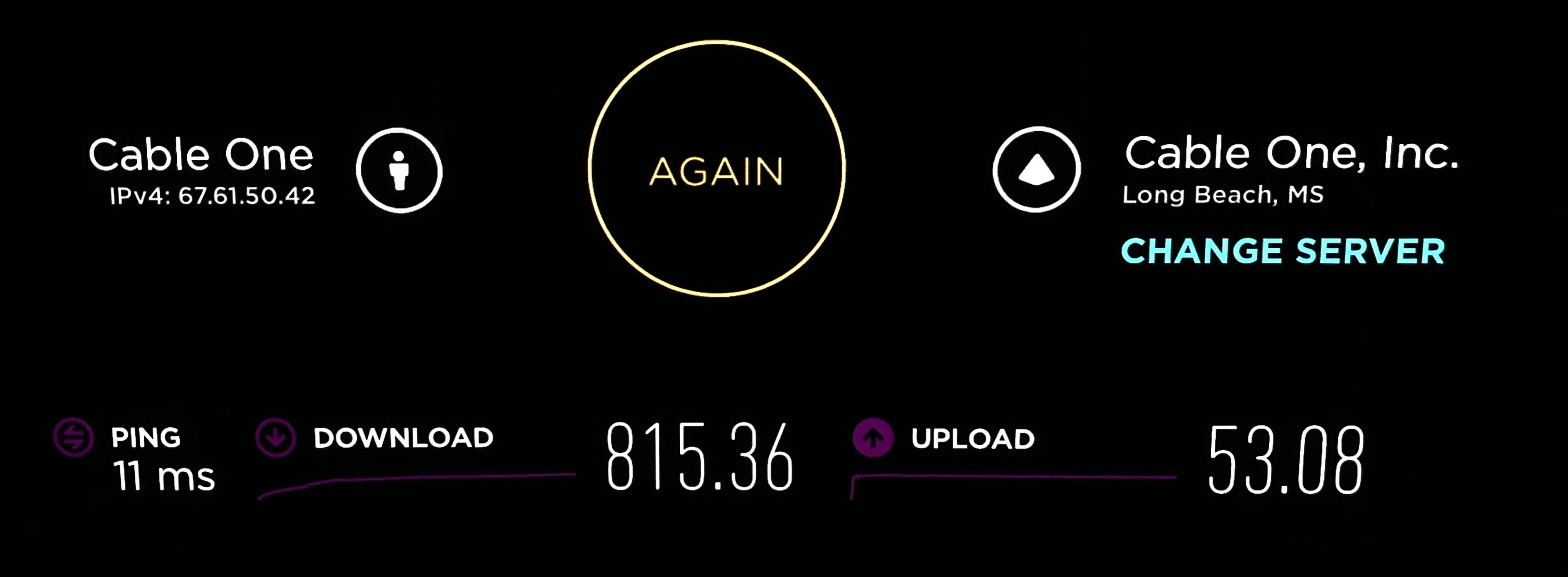

Full-sized DisplayPort is common to Windows PCs. Newer versions use the same connectors as USB-C (see the next section). The first two versions of the connector were the same as Mini DisplayPort, so Mini DisplayPort-to-HDMI cables or adapters should work. Thunderbolt, DisplayPort or Mini DisplayPort: All of these usually work with HDMI as well. Mini- or micro-HDMI: These smaller versions of HDMI just need an adapter, or a cable that has a regular HDMI at the other end, to connect directly to your TV. Read more: How to cast and mirror an Android phone screen to a TVįrom top to bottom: HDMI, DisplayPort and Mini DisplayPort connectors.įull-sized HDMI: If you're lucky, your laptop has a full-sized HDMI output, so you can use a standard HDMI cable to run to your TV. If you're not sure, check the manual or Google the model to determine its specs. Laptops and PCs have a bunch of different connections, so which wire or adapter you'll need to run depends on what computer you have.

If you have an older TV and an older laptop, there are options like VGA, but that's basically the Dark Ages at this point. The most basic PC-to-TV connection consists of running a wire from your computer to the HDMI input on your TV. Mostly we'll be talking about mirroring in this article.

It's a bit more involved but still possible depending on your equipment. Extending is useful for things like having a YouTube video running on the TV while you're working on a spreadsheet on your laptop. It's more common and generally easier than screen extending - where you see different content on both, making the TV an extension of your laptop's screen. Mirroring means putting the same content on both your laptop's screen and the TV. Easy TV settings changes to make ASAP for better picture quality.Your TV's sharpness control should be turned down, not up.Don't rely on subtitles - just fix your TV's speaker settings.


 0 kommentar(er)
0 kommentar(er)
